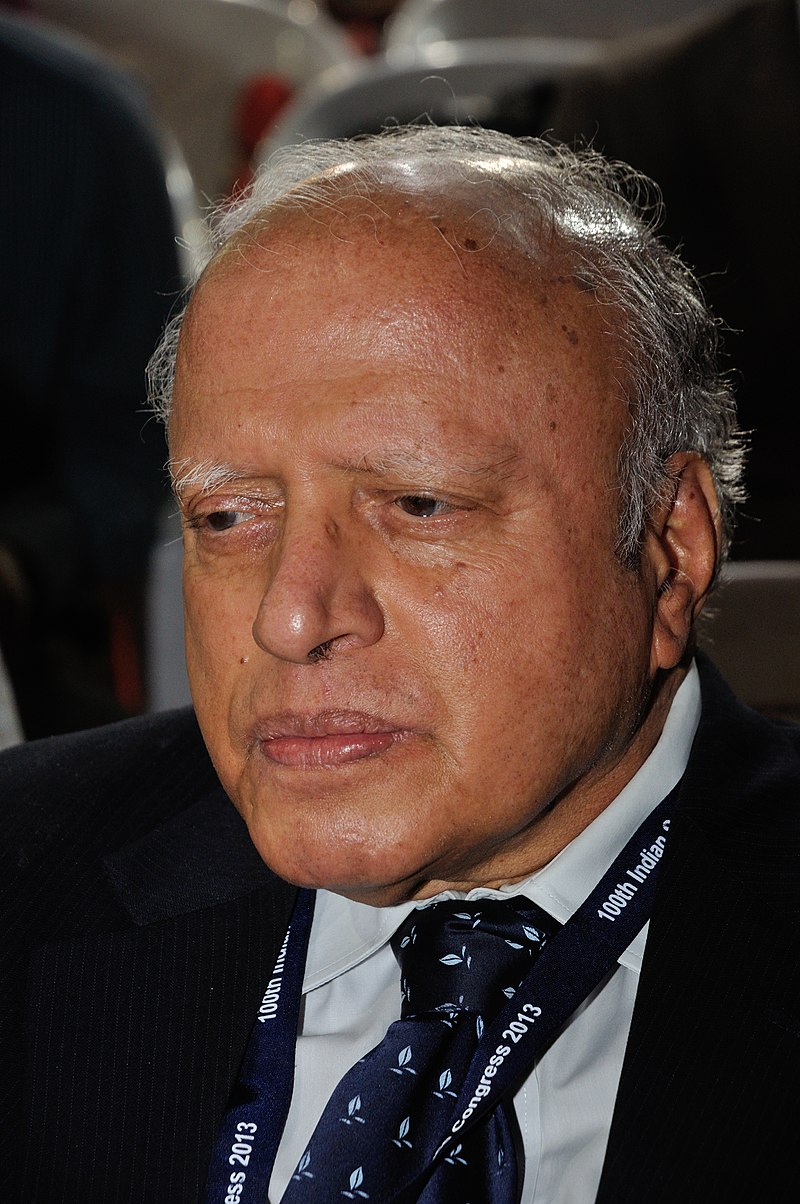Chennai, NFAPost: The man-made Bengal famine of 1943 that pushed as many as 3 million people to starvation and eventual death deeply moved M S Swaminathan, then an aspiring medical student. He changed his field to study agriculture, specializing in genetics and breeding, driven by its potential to improve crop varieties and human lives.
The architect of India’s Green Revolution, Swaminathan died on Thursday in Chennai—a rare scientific luminary who chose to live and work in India. He was 98.
Swaminathan was instrumental in doubling India’s wheat production within a short time, pulling the country out of its ‘ship-to-mouth’ dependence on food aid from the US. In 1966, faced with a severe drought, India imported 10 million tonnes of wheat.
The Green Revolution began in 1965 and focused on introducing high-yielding dwarf wheat varieties to farmers in North India. They were grown with chemical fertilizers and pesticides to maximize yields, and farmers were assured a guaranteed price.
Swaminathan’s vision transformed India from a ‘begging bowl’ to a ‘breadbasket’ almost overnight, the World Food Foundation said, honouring him as its first World Food Prize laureate in 1987. In 1971, he won the Ramon Magsaysay Award for being both a ‘first-rate scientist’ and a ‘humanist.’
“Yields achieved in 4,000 years of the known history of wheat cultivation in the Indian subcontinent, from the time of Mohenjo-Daro, were doubled in four years, 1964 to 1968,” Swaminathan said in an interview with the UN’s Food and Agriculture Organization in 2014.
The wheat revolution was later replicated in crops like rice, maize, sorghum and potato.
For introducing the new varieties to Indian farmers, Swaminathan worked closely with agronomist and plant breeder Norman Borlaug in the 1950s. Borlaug went on to win the Nobel Peace Prize in 1970 for his work on new wheat varieties in Mexico, India and Pakistan.
Swaminathan was more than just a plant breeder. He was a passionate administrator who headed the Indian Council of Agricultural Research, worked closely with farmers across India, and was principal secretary in the agriculture ministry (1979-80). He was also a member of the Planning Commission (1980-82) and director general of the International Rice Research Institute in the Philippines.
Swaminathan is also an often-cited name among farmers, a unique achievement for a scientist, for a series of reports he submitted to the government between 2004 and 2006.
As chair of the National Commission of Farmers, the ‘Swaminathan Report’ probed the causes of farm distress. One of its recommendations, that minimum support prices (MSP) should at least be 50% more than average production costs, continues to be a primary demand of farm unions across India. MSP is the price at which the government purchases crops directly from farmers.
Swaminathan also courted a few controversies. After terming genetically modified (GM) cotton (introduced to Indian farmers in 2004) a failure and questioning the safety of GM brinjal and mustard in a 2018 paper, Swaminathan came under fire from the scientific community. People should not worship technology, he later said in an interview with the journal Science.
Avid practitioners of ecological and organic farming have repeatedly criticized the legacy of the Green Revolution for its role in polluting natural resources like soil and water due to the overuse of chemical nutrients and pesticides by farmers.





